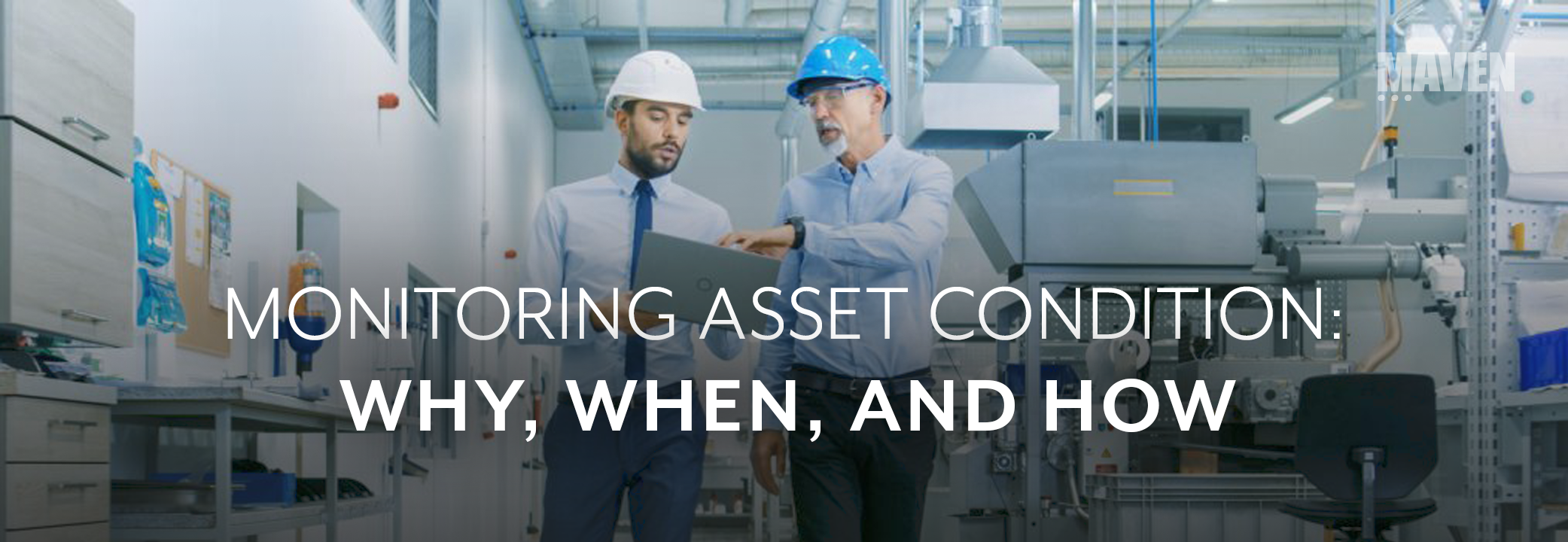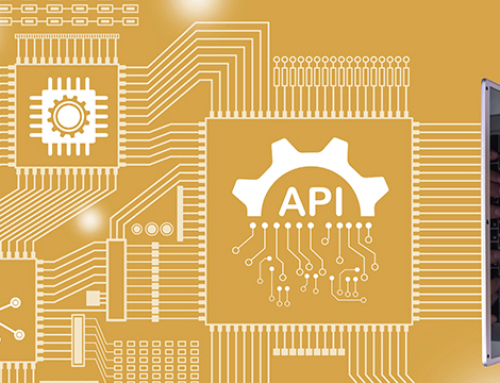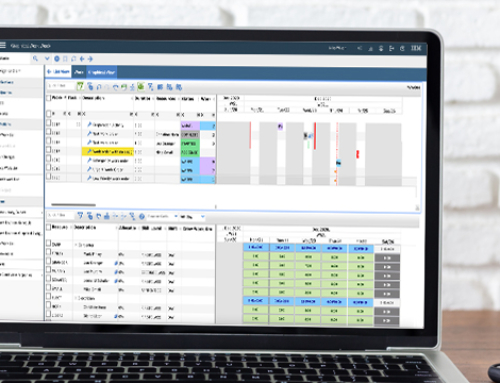Condition Monitoring is the process of regularly keeping track of the state or degree of change in specific measurable parameters (conditions) to indicate a developing or impending failure. One typical application of condition monitoring is checking the pressure in your car’s tires. Traditionally, one would measure the pressure of each tire manually with a small hand-held pressure gauge. Ideally, this is done periodically, such as when filling the tank with gasoline.
A driver may also monitor tire pressure by observing and being aware of the vehicle’s behavior while driving. If a tire should screech around a turn, the sound is a significant change that informs the driver that something is wrong.
Modern vehicles include a tire pressure monitoring system (TPMS) which automates the monitoring and notification process. These systems include a pressure sensor within the pressurized air-space of each tire, and the electronics to display the pressures and notify the driver if a significant change occurs, such as one or more tire’s pressure dropping. TPMS systems have delivered undeniable safety and maintenance benefits. They are now required equipment in the US and EU, and their use is growing throughout other parts of the world.
The scenario wherein the driver checks the tires only when he hears screeching is not a proactive one. A tire in that condition may fail before it can be checked and repaired or replaced, because it has likely been damaged already. The weekly check is simple, fast and costs considerably less than repairing or replacing a tire that was not checked regularly. Obviously, the economy of scale in modern auto production has made the automated TPMS systems affordable, and these provide the safest use and longest life of tires today because they monitor constantly without any human intervention, and they warn, or notify without any human effort. All we need to do is respond appropriately.
How does this apply to us in the maintenance world?
Think about any piece of equipment, and what happens before it stops functioning. Rotating items like motors and gearboxes experience wear long before they seize or fall apart. Typically, vibration increases, lube or surface temperatures rise – and these changes occur continually through the item’s life span. If you are checking, or rather monitoring, the vibration and temperature of the gearbox, and then comparing readings from hour to hour, or day to day, you might respond to different levels of change with different actions. For example:
- When a vibration reading reaches a certain level, say 50% of what’s allowed, schedule an inspection work order.
- When a reading reaches 60% of the allowable amount, check replacement stock and order what’s needed to execute a repair or replacement.
- When the reading reaches 80% you may schedule the maintenance work to effect the repair within days, rather than waiting for a failure that results in down time and shift hours lost.
To set up this functionality in Maximo, you’ll need to set up meters and measurement points at which you want notifications to occur. If you’re just starting with condition monitoring, you’ll need to decide how and when to take the readings you deem as necessary, and you’ll have these readings entered manually on a regular basis. You’ll also need to determine to whom the system is to send notification emails and what actions are to be taken.
Yes, getting started takes a some effort. However, consider the benefits.
- Maintenance will only be done when it’s actually needed.
- Only the correct repairs or replacements will be performed.
- Spare parts costs will be reduced as will the cost of rush-shipments.
- Asset downtime will be reduced.
- Maintenance hours and costs will be reduced.
Now, consider that many parameters can be monitored other than temperature and pressure.
Electrical current can be monitored to detect early failure in electric heaters. Sound levels can be monitored to detect pending failure in reciprocating or rotating parts. Gas monitoring can help determine changes in engines and chemical processes, and there are many other applications.
If you’re already a Maximo user, you have the Condition Monitoring application, and we encourage you to evaluate which of your asset classes will benefit most from proactive monitoring.
Maximo Application Suite includes Maximo Asset Monitor, leveraging the power of Watson AI to quickly identify issues and use operating history data to identify root cause.
Maven Asset Management employs a full skill-set of software and process engineers to help kick off your condition monitoring program, advising on aspects from measurement points through automatic generation of PM work orders.







